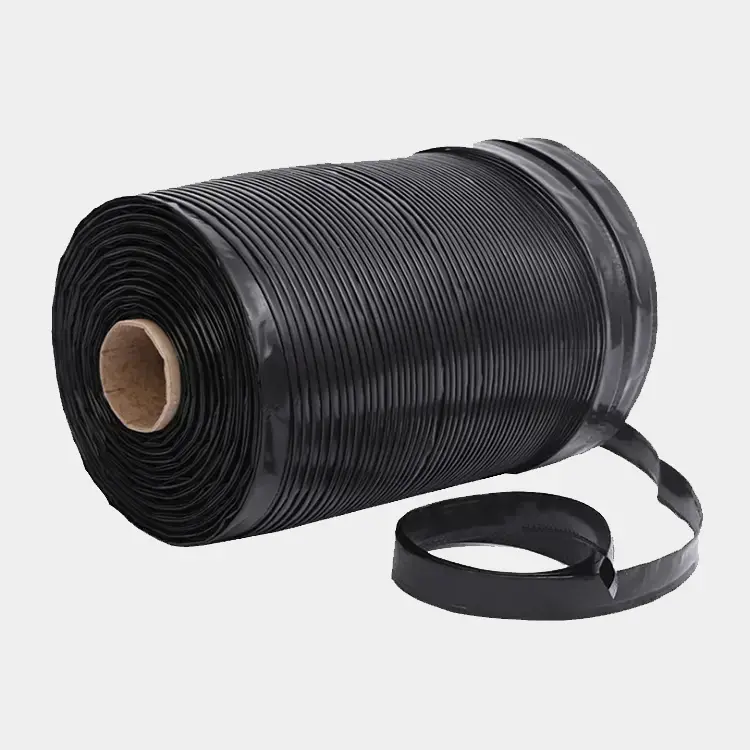The introduction of HDPE Pipe
2025-06-11
HDPE (High-Density Polyethylene) pipes are a popular choice in various industries due to their versatility, durability, and ease of installation. They are made from high-density polyethylene, a thermoplastic polymer, which gives the pipes superior resistance to chemicals, abrasion, and environmental stress. Here’s an introduction to HDPE pipes:
1. Composition and Material Properties:
Material: HDPE is made from petroleum-based polymers and has a high strength-to-density ratio. It is non-toxic, resistant to corrosion, and does not rust like metal pipes.
Density: The high density makes HDPE pipes highly resistant to physical stress, giving them excellent durability for both underground and above-ground applications.
2. Benefits of HDPE Pipes:
Durability: HDPE pipes have a long service life, often exceeding 50 years.
Flexibility: These pipes can bend to fit contours, making them ideal for complex installations.
Resistance to Corrosion and Chemicals: They are immune to rust, corrosion, and a wide range of chemicals.
Smooth Interior: HDPE pipes have a smooth internal surface that reduces friction, improving the flow of liquids and gases.
Leak-Proof Joints: The joints are often heat fused, providing leak-proof connections that are strong and reliable.

3. Applications:
Water Supply: HDPE pipes are used in potable water systems because of their non-toxic nature and resistance to scaling.
Sewer Systems: They are also used in wastewater and sewage systems due to their resistance to chemicals and ease of handling.
Gas Distribution: HDPE is commonly used in natural gas pipelines as it is durable and resistant to environmental damage.
Irrigation: The pipes are widely used in agriculture for drip irrigation and other water distribution systems.
4. Installation:
Trenching: HDPE pipes are often installed by digging trenches, but they can also be used for trenchless methods like horizontal directional drilling.
Fusion Welding: Joints are typically fused using heat fusion techniques, which creates permanent and seamless connections between pipes.
5. Environmental Impact:
Recyclability: HDPE is 100% recyclable, making it an environmentally friendly option for infrastructure.
Lightweight: These pipes are lightweight, reducing transportation costs and environmental impact during installation.
6. Standards and Specifications:
HDPE pipes are manufactured according to various industry standards, such as ASTM (American Society for Testing and Materials) and ISO, ensuring they meet specific performance criteria.
In summary, HDPE pipes are a durable, cost-effective, and environmentally friendly option for a wide range of piping applications, from municipal water systems to industrial pipelines.
If you are interested in our products or have any questions, please feel free to contact us.


